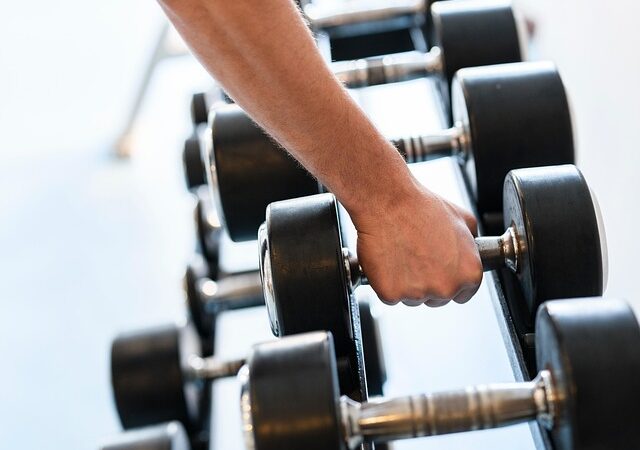
Debunking Strength Training Myths for Cyclists
In our introductory post to this series, we recognized the abundance of information available on integrating strength training into a cyclist’s routine. While there’s no denying the benefits of strength training for cyclists, misconceptions persist—some of which may deter riders from reaping its full advantages. Let’s set the record straight by tackling some of the most common myths.
Myth #1: Strength Training Leads to Bulk and Unwanted Weight Gain
When was the last time you saw a bodybuilder wearing the yellow jersey? The concern that lifting weights will result in excessive muscle bulk and added weight is a common misconception among cyclists. The reality is that the type of strength training designed for cycling performance is vastly different from bodybuilding.
Bodybuilders focus on hypertrophy, increasing muscle size through high-repetition, high-volume training that leads to significant muscle breakdown and subsequent growth. In contrast, cyclists should prioritize strength and power without unnecessary bulk. This is achieved through lower repetitions with heavier loads, promoting neuromuscular efficiency rather than sheer muscle size. By training in this way, cyclists develop the strength and power they need without compromising their aerodynamics or power-to-weight ratio.
Myth #2: High RPM on the Bike Means High Reps in the Gym
A common assumption is that because cycling involves high cadence, strength training should mimic this with high-repetition sets. While the logic seems sound, it doesn’t translate effectively into performance gains.
Cycling is a concentric-dominant activity, meaning the muscles primarily contract while shortening. However, to develop true strength and power, training must also include eccentric loading—where muscles lengthen under tension—such as in controlled, heavy resistance exercises. Lower reps with heavier loads train neuromuscular coordination, increasing the number of motor units recruited, improving maximum torque, and enhancing contraction speed. The result? Greater force production and improved fatigue resistance over long rides.
Myth #3: Strength Training Is Only for the Off-Season
Just as you don’t stop riding your bike in peak season, strength training shouldn’t be abandoned either. While the off-season is ideal for building a strength foundation, maintaining those gains year-round is essential.
During the racing season, strength training shifts to a maintenance phase with reduced volume and intensity, ensuring that strength improvements remain while minimizing fatigue. More importantly, consistent strength work throughout the year reduces the risk of injury, improves efficiency, and supports overall endurance. For newcomers, however, it’s crucial to ease into strength training during lower-intensity cycling periods to prevent overtraining or injury.
Myth #4: Upper Body Strength Is Unnecessary for Cyclists
Many cyclists believe that since cycling is predominantly a lower-body activity, upper-body training is irrelevant. However, neglecting the upper body can lead to poor posture, fatigue, and diminished bike handling skills.
Incorporating upper-body exercises strengthens the shoulders and arms, aiding in maintaining a stable riding position and improving endurance on longer rides. Stronger back and shoulder muscles also help prevent fatigue during extended efforts, while grip strength plays a crucial role in controlling the bike, particularly in sprints, descents, and technical sections.
Myth #5: Strength Training Is Only About Getting Stronger and Faster
While increasing power and speed is a primary benefit of strength training, it also enhances flexibility and mobility—both of which are crucial for optimizing riding efficiency.
A cyclist’s aerodynamic position places significant strain on the posterior chain, from the shoulders to the lower back and glutes. Without adequate mobility, power output diminishes when in aggressive riding positions. By incorporating deep squats, lunges, and deadlifts into a training regimen, cyclists improve hip and knee range of motion, allowing them to sustain higher power output while maintaining aerodynamic efficiency.
Conclusion
Strength training is a powerful tool for cyclists, but its effectiveness is often misunderstood due to persistent myths. When approached correctly—focusing on neuromuscular efficiency, year-round maintenance, full-body development, and mobility—it enhances performance without unwanted bulk or detracting from on-bike training. Stay tuned for our next post, where we’ll break down strength training phases based on the season and individual goals.
